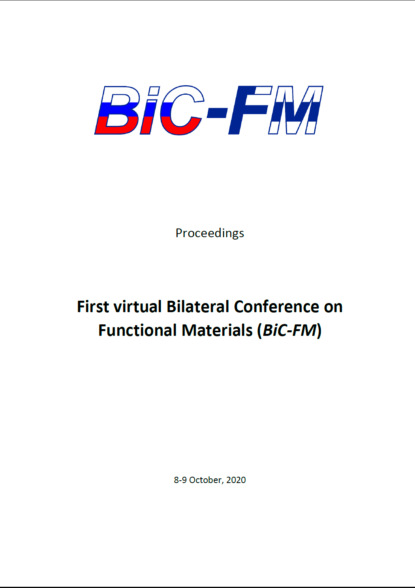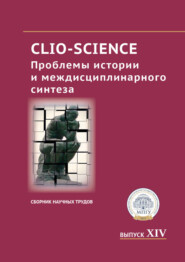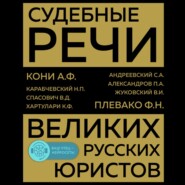По всем вопросам обращайтесь на: info@litportal.ru
(©) 2003-2024.
✖
First virtual Bilateral Conference on Functional Materials (BiC-FM)
Автор
Год написания книги
2020
Настройки чтения
Размер шрифта
Высота строк
Поля
A.G. Kvashnin
, I.A. Kruglov
, D.V. Semenok
, A.R. Oganov
,
1 – Skolkovo Institute of Science and Technology, Moscow, Russia
2 – Moscow Institute of Physics and Technology, Dolgoprudny, Russia
3 – Dukhov Research Institute of Automatics (VNIIA), Moscow, Russia
A.Kvashnin@skoltech.ru
Hydrogen-rich hydrides attract great attention due to recent theoretical [1] and then experimental discovery of record high-temperature superconductivity in H
S (T
= 203 K at 155 GPa [2]).
Here we perform a systematic evolutionary search for new phases in the Fe-H [3], Th-H [4], U-H [5] and other numerous systems under pressure [6] in order to predict new materials which are unique high-temperature superconductors.
We predict new hydride phases at various pressures using the variable-composition search as implemented in evolutionary algorithm USPEX [7–9]. Among the Fe-H system two potentially high-T
FeH
and FeH
phases in the pressure range from 150 to 300 GPa were predicted and were found to be superconducting within Bardeen-Cooper-Schrieffer theory, with T
values of up to 46 K. Several new thorium hydrides were predicted to be stable under pressure using evolutionary algorithm USPEX, including ThH
, Th
H
, ThH
, ThH
, ThH
and ThH
. Fcc-ThH
was found to be the highest-temperature superconductor with T
in the range 221–305 K at 100 GPa. Actinide hydrides show, i.e. AcH
was predicted to be stable at 110 GPa with T
of 241 K.
To continue this theoretical study, we performed an experimental synthesis of Th-H phases at high-pressures including ThH
. Obteined results can be found in Ref. [10].
Acknowledgement.This work was supported by RFBR foundation № 19-03-00100 and facie foundation, grant UMNIK № 13408GU/2018.
References:
[1] D. Duan et al., Sci. Rep. 4, 6968 (2018)
[2] A.P. Drozdov et al. Nature. 525, 73–76 (2015)
[3] A.G. Kvashnin at al. J. Phys. Chem. C, 122 4731–4736 (2018)
[4] A.G. Kvashnin et al. ACS Applied Materials & Interfaces 10, 43809-43816 (2018)
[5] I.A. Kruglov et al. Sci. Adv. 4, eaat9776. (2018)
[6] D.V. Semenok et al. J. Phys. Chem. Lett. 8, 1920–1926 (2018)
[7] A.O. Lyakhov et al. Comp. Phys. Comm. 184, 1172–1182 (2013)
[8] A.R. Oganov et al. J. Chem. Phys. 124, 244704 (2006)
[9] A.R. Oganov et al. Acc. Chem. Res. 44 227–237 (2011)
[10] D.V. Semenok et al. Mat. Today., 33, 36–44 (2020)
Enhanced Electrocatalytic Activities by Substitutional Tuning of Nickel-based Ruddlesden-Popper Catalysts for the Oxidation of Urea and Small Alcohols
Stevenson, K. J.
1 – Skolkovo Institute of Science and Technology, Moscow, Russia
k.stevenson@skoltech.ru
The electrooxidation of urea continues to attract considerable interest as an alternative to the oxygen evolution reaction (OER) as the anodic reaction in the electrochemical generation of hydrogen due to the lower potential required to drive the reaction and the abundance of urea available in waste streams. In this talk the effect of Sr substitution in a series of La
SrxNiO
Ruddlesden-Popper catalysts on the electrooxidations of urea, methanol, and ethanol are presented. We demonstrate that activities toward the urea oxidation reaction increase with increasing Ni oxidation state. The 75 % Sr-substituted La












